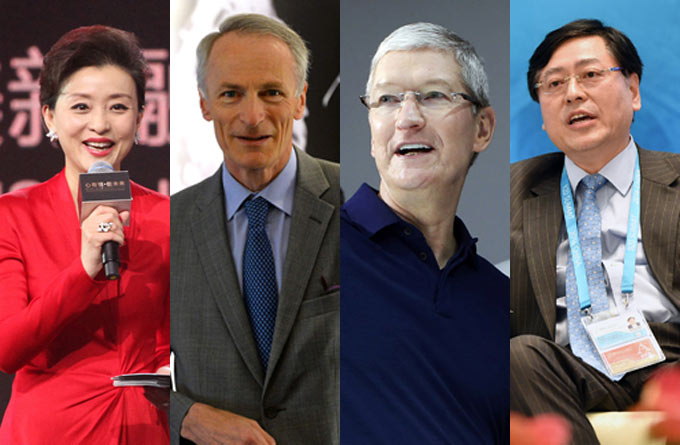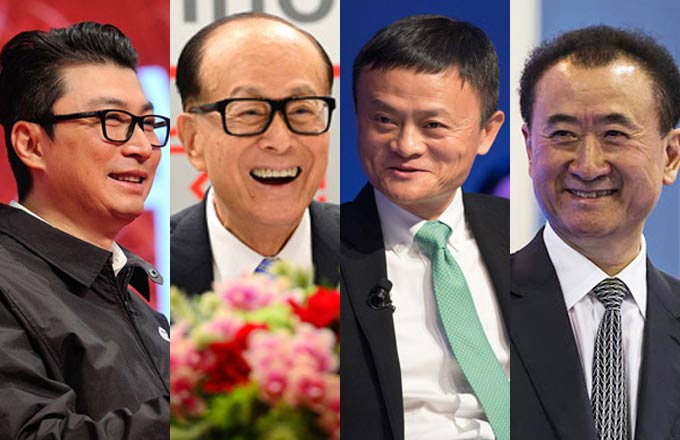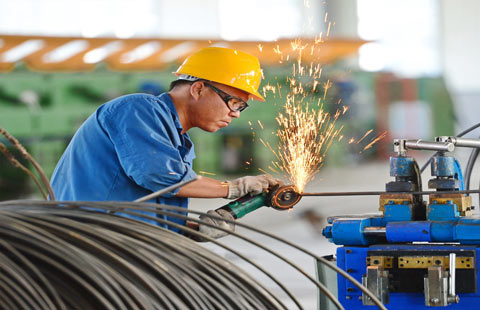Business leaders share views on forum
 |
|
Oleg Mukhamedshin deputy CEO, United Co Rusal. [Photo provided to China Daily] |
A1 On the one hand, the initiative is a large-scale infrastructure project which represents tremendous potential for aluminum consumption, which is great for our industry. Aluminum is widely used in the transportation and construction sectors, therefore we may expect to see a considerable increase in demand for the metal. At the same time, this could be also a challenge for China as the country fights against air pollution. One must remember that aluminum production is a very energy-intensive process that requires a lot of electricity.
At present, the vast majority of aluminum production in China relies on coal-f i red power, which generates significant amounts of greenhouse gas emissions. On our end, we propose that our Chinese partners develop aluminum smelter projects in Russia based on hydro power and consider opportunities of our aluminum valley project to produce value-added and downstream products to meet a growing demand for the metal in China. Russia's Eastern Siberia shares a border with China and this is where vast reserves of natural resources and efficient hydroelectric power remains.
A2 China's leaders have officially announced their aim to expand the country's economy by around 6.5 percent in 2017. I think China will reach their target. The Asian market, China in particular, has always been an important strategic location for Rusal. The company continues to develop its business in the region, both directly and in partnership with Chinese companies. Since 2015, Rusal has participated in the China Development Forum. Rusal attends all China-Russian intergovernmental cooperation meetings for investment, industry and energy cooperation. Rusal actively collaborates with Chinese metallurgy industries and the professional community through its membership in the China Nonferrous Metals Industry Association, CNIA, and the China Nonferrous Industries Fabrication Association, CNFA. Rusal's purchases of materials from the Chinese market totaled 3.99 million metric tons for the year of 2016.
A3 Supply-side reforms come in critical times. They are the only way to secure China's sustainable growth. Structural reform in China has already proven efficient for the steel and coal sectors: closure of outdated capacity resulted in more efficient use of natural resources, rebounding commodity prices, recovery of profitability and the launch of a number of debt-toequity swap deals. Now the aluminum industry is expected to follow governmental guidelines for industries with overcapacity. Over the past four years, aluminum capacity in China has expanded by approximately 57 percent and, by the end of 2016 exceeded domestic demand by more than 30 percent. As a result, the price of aluminum continually declined from 2011 to 2015, forcing the government to deal with the problem of overcapacity in the industry. Additionally, such expansions resulted in environmental pressure and over-concentration of the aluminum industry within certain areas.
A4 Without any doubt, innovation is one of the key components of success in a highly competitive global economy. However, innovation requires time and significant investment and the aluminum industry is no exception in this aspect. The Chinese aluminum industry has been facing challenging times recently. Over the past four years, Chinese aluminum producers have been operating at near breakeven levels and increased their financial exposure in order to expand capacity.
We believe it is crucial to find a way out of this vicious circle through consolidation of the industry and improvement of production efficiency, which would help decrease financial leverage. This in turn will give more financial flexibility to Chinese companies for investment in R&D.

















